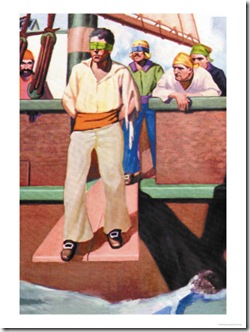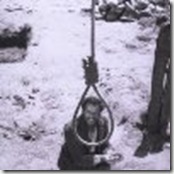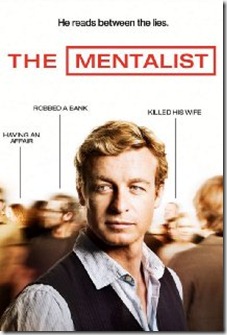I have written about “ON boarding”, which is the process to productivity and job satisfaction.

Grasping the nettle firmly by the hand, I want to talk about OVER-boarding. At its worst, fellow employees are made to
“walk-the-plank” literally, they are a warning to others.
This can be especially true in Sales departments. It indicates profound ‘Management’ problems, as the cost of selling in a “Hire and Fire” department is always going to be much higher than it needs to be.
Nevertheless, I do not believe in rewarding failure either. Giving gratuitous large ‘exit packages’ to ‘get rid of the problem’, usually means we still have the problem. The problem did not leave the company it stayed! First and foremost, in any overboarding, Employment Law and all Legislation must be observed. I have neither the time, nor the inclination, for the ever-changing details of this so I ALWAYS consult an expert, either the Company Lawyer or the VP of HR, and work under their supervision.
I follow each stage of the disciplinary process to the letter, and the spirit, of the Law.
We also recognise the ethics and social responsibility of the firing transaction, firing somebody has consequences. No Company can carry non-performers, or poor performers, but fairness has to be seen to be done. Examine your conscience and actions for prejudice or bias, any element of gender, age, religious, racial or any other bias must be mitigated to insignificance. After examination of conscience, you will find that you give some people a ‘second chance’.
The process is identifying the issue or issues, attitude (will not do), competence (does not do) or knowledge (cannot do). Be clear, which is it? You have three different roles Counsellor, Coach or Trainer to manage these issues. Now manage the issue, inform the employee of the issue verbally and confirm the discussion in writing. This is what is wrong, your poor performance, this is what we discussed and agreed as the actions you will take, and this is a reasonable time for you to effect change, with an agreed next review date.
On the review date changes MUST be measureable.
No measureable change, after a reasonable time, means moving to the next stage.
This next review is an ultimatum, if you cannot change these issues, to our agreed standard by this date, then this will be the consequence. If there is a sufficient change, then you must stay with the process.
Marks that identify a Top Sales Talent Manager are right recruitment, short time to productivity, productivity maintenance AND employee TURNAROUNDS.
However, in most cases there is little to no improvement. You and your Expert Supervisor have decided that the process has run its course, and termination of contract is the only or the preferred option.
Communicate the decision jointly to the employee;
 you are terminating
you are terminating
the contract of employment,
NOT the PERSON.
The timing and place of the termination interview should be well considered, from the employee’s point of view, near the end of the day is best, allow for 60 minutes.
The Manager is responsible for the interview, and the ‘expert’ supervises that all is done correctly; both share the responsibility to ensure that the employee’s rights are respected.
There should be no surprises at this meeting.
This is the expected consequence of the various non-performer interviews.
What can be expected and accepted is an emotional response from the employee.
Emotions do not have to be agreed with, but they do have to be recognised.
It is, I think, a right place for the Golden Rule:
Treat others, as you would wish to be treated yourself, fairly and with courtesy.
In my experience, ‘bundled out the door’, is not the best way. A few days to put their affairs in order, to say goodbyes, and accept what has happened is usually best but it has to be supervised. That they are leaving the company should be announced by Management, without detail, “by agreement” is the simplest form of words.
In my experience, the whole process should never take more than 12 weeks,
4 weeks or instant ‘voluntary agreements’ are also common.
A final word, on grievous misconduct, these rare events should be accomplished with the utmost speed under the supervision and control of the Legal Department and HR, not the line manager.
The key consideration is the safety and well-being of colleague employees.
BMAC Consultants offer a full range of Talent Managements services, from recruitment to termination,
Contact
brian.maciver@gmail.com
















